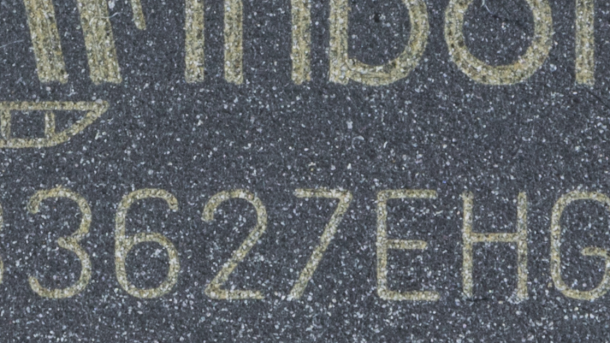In this article, we will explore the fundamentals of Protocol Buffers and how they can be utilized to efficiently serialize and deserialize data in various applications.
Introduction to Protocol Buffers
Protocol Buffers are a method of serializing structured data. They are used to efficiently serialize data to be sent between different systems. Protocol Buffers are often used as an alternative to XML for communication between systems.
Protocol Buffers use a .proto file to define the structure of the data that will be serialized. This file defines the messages that will be sent between systems, including the fields and their data types. The .proto file is then compiled using a Protocol Buffers compiler into the desired language, such as Java or Python.
Once the .proto file is compiled, it generates classes that can be used to serialize and deserialize data according to the defined structure. This makes it easy to work with structured data in a programmatic way.
One of the advantages of Protocol Buffers is that they generate code that is efficient in terms of both size and speed. This makes them an ideal choice for communication protocols where performance is crucial.
Defining Your Protocol Format
| Field | Type | Description |
|---|---|---|
| Message | String | The main message content |
| Sender | String | The sender of the message |
| Timestamp | Integer | The timestamp of the message |
Compiling and Instantiating Protocol Buffers
To compile and instantiate Protocol Buffers, you will need to start by creating a .proto file that defines the structure of your data. This file will specify the messages you want to serialize and deserialize.
Once you have your .proto file, you can use the Protocol Buffers compiler protoc to generate the necessary code in your desired programming language. This code will include classes for your messages and mutator methods for setting and getting values.
After compiling the .proto file, you can instantiate Protocol Buffers in your code by creating instances of the generated classes. These instances can be populated with data using the mutator methods and then serialized into a binary format for storage or transmission.
By following these steps, you can effectively use Protocol Buffers to efficiently serialize and deserialize your data in a compact binary format. This can be especially useful in scenarios where performance and data size are critical factors, such as in communication protocols or when working with large datasets.
Protocol Buffer API Overview
Protocol Buffer API is a powerful tool for serializing structured data efficiently. It allows you to define your data structures using a simple language and generate code in various programming languages to work with these structures.
The API provides a way to define messages in a .proto file, which can then be compiled to generate classes that can serialize and deserialize data efficiently. This makes it a great choice for communication between different systems or storing data in a binary format.
One of the key advantages of using Protocol Buffer API is its speed and size efficiency compared to other formats like XML. It is also language-agnostic, meaning you can use it with a wide range of programming languages.
By defining your data model in a .proto file, you can easily generate code for languages like Java, Python, C++, and more. This makes it easy to work with your data structures in different environments without having to write serialization and deserialization code from scratch.



